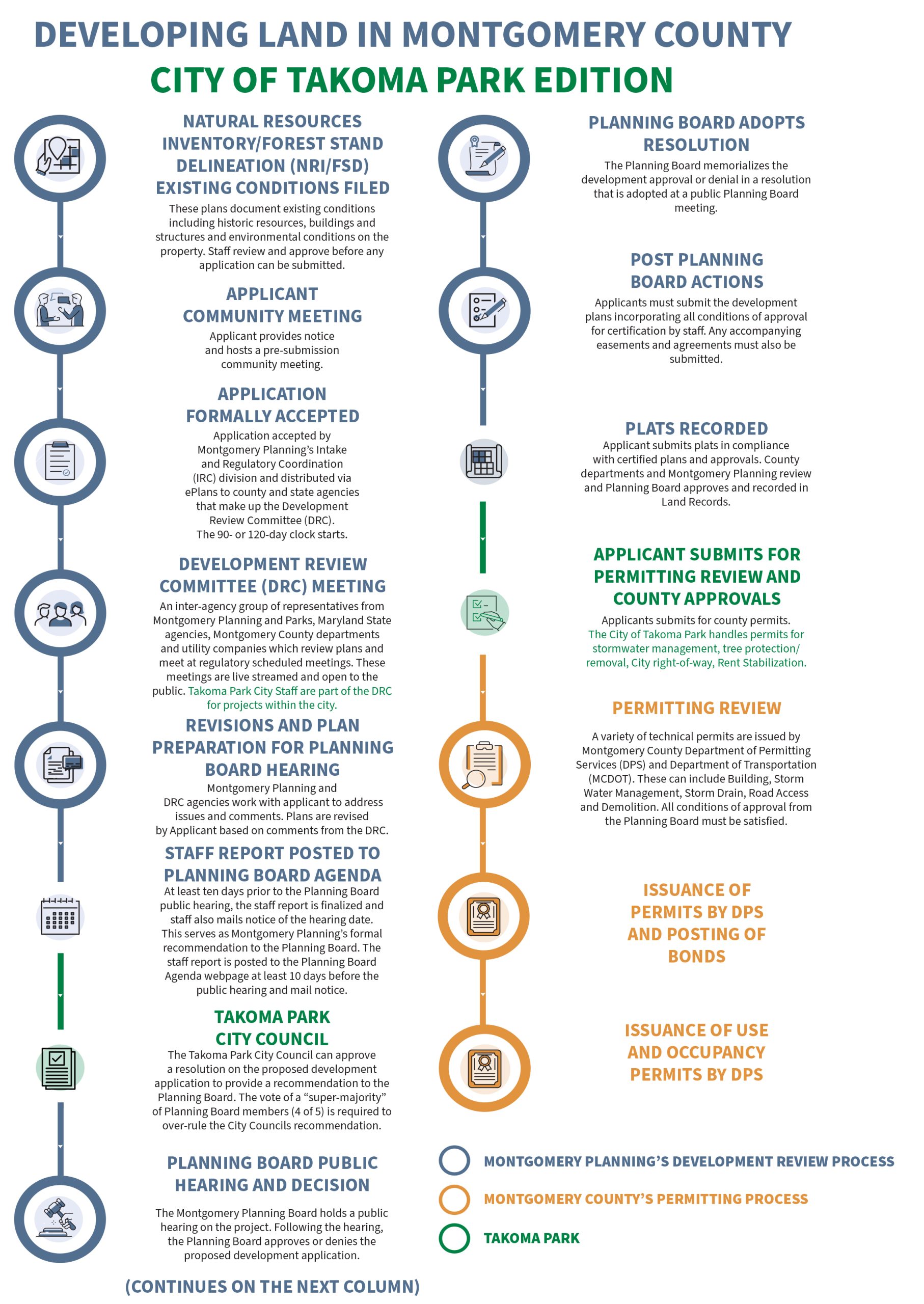Since 2018, there have been six crashes on Maple Avenue that involved pedestrians or bike riders, and over twenty crashes involving vehicles alone. One resulted in severe injury and hospitalization of a bike rider. Active crashes aren’t the only thing that impacts an individual’s sense of safety: how long it takes to cross in a crosswalk (if there even is a crosswalk), how fast cars are driving by, the experience of “close calls”, the lighting of the sidewalk at night or the maintenance of the sidewalk’s surface, and even the number of other people around can impact how safe someone feels.
Every day, people use Maple Avenue for a multitude of reasons, from walking kids to school, to commuting to work, to getting some fresh air on a bike ride to the park. City staff also regularly hear about how unsafe walkers, bikers, riders, and drivers feel on Maple Avenue. And it’s no wonder! The southern section of Maple Ave is narrow and steep, while the northern section has lanes that are wider than on a freeway and gaping intersections designed for moving cars through the area as quickly as possible, at the expense of everyone else. These were design decisions made at some point in the past, and new design choices can work to counteract those aspects that do not work. We don’t need to wait until another serious crash happens before we do something about it.
The Maple Avenue Connectivity Project aims to increase the sense of safety and comfort for all road users, with special priority for pedestrians and bike riders. After all, even drivers and especially transit users are at least part-time pedestrians on their way to and from their rides. The project will explore different design options that use different strategies to achieve this goal:
- Increase Visibility: design elements like high-visibility crosswalks, curb extensions, and restricted parking close to crosswalks help increase how visible pedestrians are, either by putting them in brighter contrast to their surroundings, elevating them, or removing visual obstacles, like parked cars.
- Reduce Subconscious Incentives to Speed: painted lane striping doesn’t sound like much, but studies show that when drivers feel like the road is narrow or has more obstacles to consider, they subconsciously slow down substantially. Narrowing vehicle lanes, adding elevated crosswalks or flashing beacons as crossings, and even planting street trees that take up space in a driver’s line of sight all have subtle, subconscious effects on how comfortable a driver feels going fast.
- Add Physical Deterrents to Speed: sometimes subconscious strategies aren’t enough. Adding features to the road such as speed humps, posts or bollards, or even strategically arranging on-street parking can be effective tools (and leave some overly reckless drivers with a lasting reminder of their transgression.)
- Reduce Mixing Zones: the places where different modes of transportation cross one another can be some of the most dangerous, in part because there isn’t always a clear understanding of who should be where and how each should behave with each other. This becomes apparent with bike riders who feel uncomfortable sharing an unmarked driving lane, or seniors crossing private driveways on their stroll to the bus stop. Mixing zones can never fully be erased, but they can be minimized by the use of dedicated bike lanes, reduction in unnecessary driveways, and leading pedestrian intervals at intersections (as a few examples).
These and other strategies will be explored over the next few months to generate preliminary designs for the project. To weigh in on the safety issues that are important to you and stay up to date on the project’s progress, visit the city’s project web page: https://bit.ly/MapleAvenueConnectivity.


